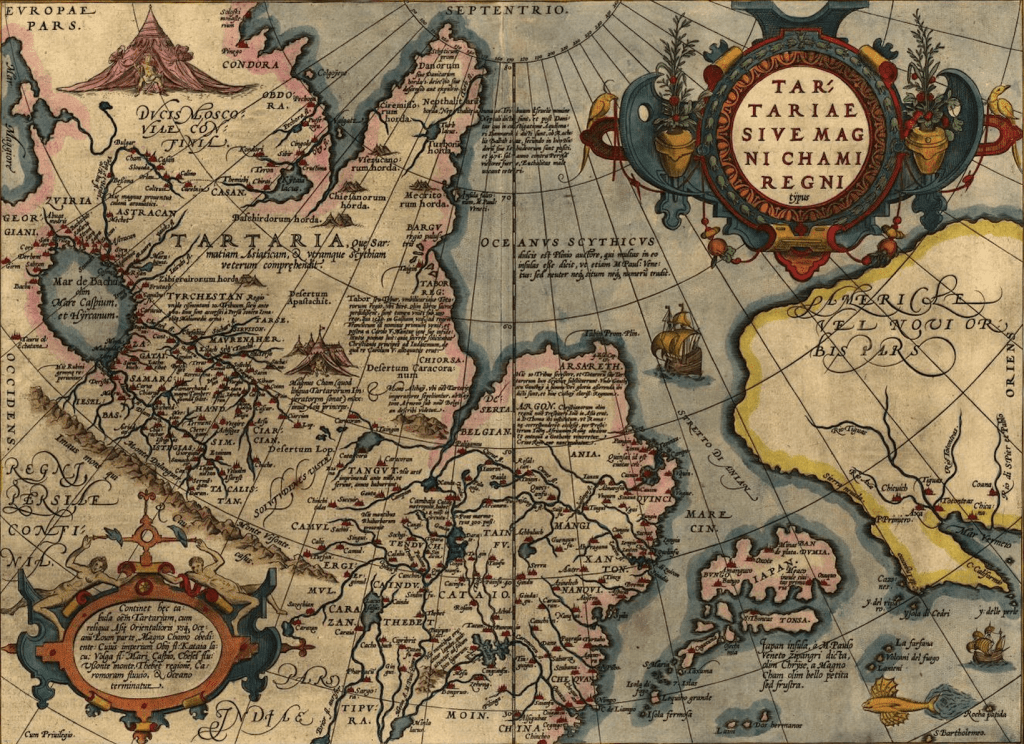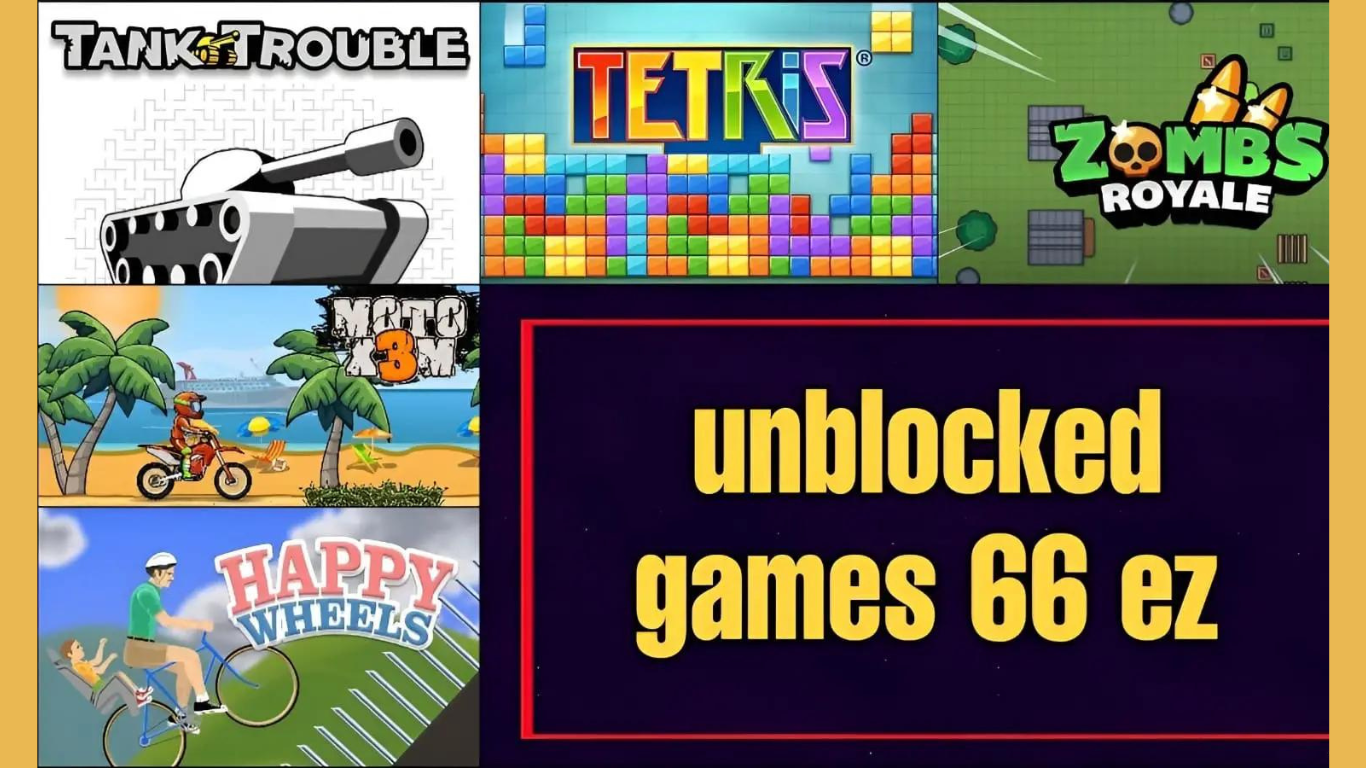History
Unveiling Tartaria: A Journey into a Historical Mystery

Tartaria is a name that often stirs curiosity and intrigue. For many, it evokes images of a mysterious, forgotten empire with grand cities and advanced technology. In reality, Tartaria is a concept rooted in historical maps, myths, and modern speculation. This article explores what Tartaria is, its historical context, and the modern fascination surrounding it.
What is Tartaria?
Tartaria, or Tartary, is a term that appeared on European maps from the 16th to the 19th centuries. It was used to describe a vast region in Asia, stretching from Eastern Europe to the Pacific Ocean, and from the Arctic Ocean to the Indian subcontinent. This area included parts of modern-day Russia, China, Mongolia, and Central Asia.
The name Tartaria was a catch-all for areas that were not well understood by Europeans at the time. It was often depicted as a mysterious and exotic land, filled with unknown peoples and cultures. Over time, as exploration and mapping improved, the term Tartaria fell out of use and was replaced by more accurate geographical designations.
Historical Context
To understand Tartaria’s significance, it’s helpful to look at the historical context in which it was used:
- Early Maps and Cartography: In the early modern period, European cartographers had limited knowledge of the vast regions of Asia. Their maps were based on incomplete and sometimes inaccurate information. As a result, large areas were often labeled with vague terms like Tartaria.
- The Mongol Empire: During the medieval period, the Mongol Empire, which stretched across much of Asia and Eastern Europe, was sometimes referred to as Tartaria. This might be due to the Mongols’ historical association with the Tartars, a name used by Europeans for certain Mongol and Turkic peoples.
- Cultural Misunderstandings: The term Tartaria reflected a European misunderstanding and mystification of the Asian continent. It was a way to label and categorize areas that were not yet fully explored or understood by Westerners. click here
The Mystery of Tartaria
In recent years, Tartaria has become a subject of fascination and speculation among enthusiasts and conspiracy theorists. Various theories have emerged about Tartaria, suggesting that it was an advanced civilization with remarkable technology and knowledge. Here are some common themes:
- Advanced Technology: Some theories claim that Tartaria was home to a highly advanced civilization with technology far beyond what was known at the time. This includes ideas about free energy, advanced architectural techniques, and lost technologies.
- Historical Cover-ups: There are claims that history has been deliberately altered or suppressed to hide the existence and achievements of Tartaria. Proponents of this view argue that evidence of Tartaria’s grandeur has been erased from historical records.
- Ancient Maps: Enthusiasts often point to old maps that include Tartaria as evidence of its existence. They argue that these maps show a once-great empire that has been erased from mainstream history.
Evaluating the Theories
While the idea of Tartaria is intriguing, it’s important to approach these theories with a critical eye. Here’s a breakdown of some common arguments and their counterpoints:
- Advanced Technology: The claims about advanced technology in Tartaria often lack concrete evidence. Many of these theories are based on speculative interpretations of historical artifacts and architectural styles rather than verifiable historical data.
- Historical Cover-ups: The idea that history has been deliberately altered to hide Tartaria is a common theme in conspiracy theories. However, historical research and archaeology provide a more nuanced understanding of the past. There is no substantial evidence to support the notion of a grand conspiracy.
- Ancient Maps: Historical maps that include Tartaria reflect the limited knowledge of the time. They were often based on hearsay, second-hand information, and imagination rather than accurate exploration. As cartography advanced, the term Tartaria was replaced with more precise geographical names.
Tartaria in Modern Culture
Despite the lack of historical evidence, Tartaria has gained popularity in modern culture. It has become a topic of discussion in various forums, books, and online communities. Here’s how Tartaria is being explored today:
- Online Communities: Numerous online forums and social media groups discuss Tartaria and its supposed secrets. These communities often share maps, theories, and speculative ideas about the lost civilization.
- Books and Documentaries: Some authors and filmmakers have explored the concept of Tartaria in their works. These often blend historical facts with speculative fiction to create engaging narratives about the lost empire.
- Alternative History: Tartaria is sometimes featured in alternative history discussions, where it is portrayed as a missing piece of our historical understanding. These discussions often challenge mainstream historical narratives and propose new interpretations of the past.
The Importance of Historical Accuracy
While exploring intriguing theories and mysteries can be exciting, it’s essential to maintain a commitment to historical accuracy. The study of history relies on evidence, research, and critical analysis. Theories about Tartaria, while fascinating, should be evaluated in the context of established historical knowledge and scholarly research.
- Research and Evidence: Historical research involves examining primary sources, artifacts, and documents. Scholars use these materials to build a comprehensive understanding of the past. Theories about Tartaria should be weighed against this rigorous process of research.
- Critical Thinking: It’s important to approach historical theories with critical thinking and skepticism. Not all claims or interpretations are supported by evidence, and it’s essential to differentiate between speculative ideas and well-supported historical facts.
- Educational Value: Studying historical mysteries like Tartaria can spark curiosity and encourage further exploration. However, it should be done with an understanding of the difference between fact and fiction. Engaging with historical research can deepen our appreciation of the complexities of the past.
Conclusion
Tartaria remains a captivating subject, blending historical fact with myth and speculation. While the term once referred to a broad and poorly understood region of Asia, modern theories about a lost, advanced civilization often lack substantial evidence. Exploring Tartaria can be a fascinating journey into the realm of historical mysteries, but it is important to ground our understanding in historical accuracy and research.
By appreciating the historical context and remaining critical of speculative theories, we can gain a richer understanding of how ancient maps and historical narratives have shaped our view of the past. Whether Tartaria was a lost empire or a product of historical misunderstanding, it continues to spark curiosity and debate, reflecting the ever-evolving nature of our quest to understand history. More blogs


History
The Story Behind Thomas Sullivan Roadkill: A Unique Best Journey


Thomas Sullivan Roadkill is not just a phrase; it represents a fascinating story that many people might not know about. Thomas Sullivan is known for his intriguing work that brings attention to the often-overlooked topic of roadkill. His approach helps people understand the impact of animals on our roads and how we can learn from it.
In this blog post, we will explore who Thomas Sullivan Roadkill is and why his work on roadkill matters. We will dive into his experiences, the message he shares, and how it affects both wildlife and drivers. Let’s get started on this unique journey!
Who is Thomas Sullivan Roadkill?
Thomas Sullivan Roadkill is a name that many people may not recognize, but his work is important. He is known for exploring the topic of roadkill. Roadkill happens when animals are hit by vehicles on roads. This issue affects wildlife and drivers alike. Thomas wants to raise awareness about how this impacts our environment and what we can do to help.
Sullivan believes that understanding roadkill can help us make safer roads. By learning about it, people can be more careful when driving. He shares stories and facts that make everyone think about animals on the road. Thomas wants us to look at roadkill differently and understand its consequences.
Understanding Roadkill: Why It Matters
Thomas Sullivan Roadkill is not just sad; it has many effects on nature and safety. When animals get hit, it can lead to problems in their populations. Some species may decline because their numbers decrease. This can change the balance of our ecosystems. Animals play important roles, and losing them can affect other wildlife.
Additionally, roadkill can be dangerous for drivers. Hitting an animal can cause car accidents. This can lead to injuries for people in the car or other vehicles. So, understanding roadkill is important for everyone. Thomas Sullivan wants people to see that roadkill is a bigger issue than they might think.
Thomas Sullivan Roadkill Contributions
Thomas Sullivan Roadkill has created many projects to talk about roadkill. He works with communities to help them understand this problem better. One of his projects includes educational programs. These programs teach kids and adults about wildlife and road safety. They learn how to spot animals on the road and what to do if they see one.
Sullivan also uses art to share his message. He creates displays that show the impact of roadkill on animals. These art pieces make people stop and think. They often leave a lasting impression. Thomas hopes that through his work, more people will take action to protect wildlife.
Lessons from Roadkill: What Can We Learn


Learning from roadkill can help us become better drivers and stewards of the environment. Here are some lessons we can take away:
- Awareness: Always be on the lookout for animals while driving, especially at dawn and dusk.
- Education: Teaching others about roadkill can help spread awareness in communities.
- Action: Join local groups that work to reduce roadkill by improving road signs or building animal crossings.
By understanding these lessons, we can all contribute to making roads safer for both drivers and wildlife.
How to Reduce Roadkill in Your Area
There are many ways to help reduce Thomas Sullivan Roadkill in our neighborhoods. Here are some simple actions:
- Drive Slowly: Slowing down in areas known for wildlife can save lives.
- Use Caution Signs: Support your community in putting up signs warning about animals crossing.
- Participate in Clean-ups: Join local groups that focus on cleaning up roadsides and raising awareness.
These actions can help protect animals and keep our roads safer for everyone.
Conclusion
Thomas Sullivan Roadkill on roadkill is important. He teaches us how to be aware of our surroundings while driving. By learning about roadkill, we can help protect wildlife. Understanding this issue is the first step toward making a difference.
Everyone can play a role in reducing roadkill. Simple actions like driving carefully can save animals’ lives. Let’s remember that the road is a shared space for both drivers and wildlife. Together, we can make a change.
FAQs
Q: Who is Thomas Sullivan?
A: Thomas Sullivan is an advocate for roadkill awareness and works to educate people about its impact on wildlife and safety.
Q: What is roadkill?
A: Roadkill refers to animals that are hit by vehicles on roads, which can harm both wildlife and drivers.
Q: Why is roadkill important to discuss?
A: Discussing roadkill helps raise awareness of its impact on animal populations and road safety.
Q: How can I help reduce roadkill?
A: You can help by driving slowly in wildlife areas, supporting caution signs, and participating in clean-up efforts.
Q: What are some common animals involved in roadkill?
A: Common animals include deer, raccoons, and rabbits, but many others are affected too.
Q: How does roadkill affect the environment?
A: Roadkill can lead to declining animal populations, which disrupts local ecosystems and biodiversity.
-



 Entertainment12 months ago
Entertainment12 months agoBF Video Game Wiki 2024: Everything You Need to Know
-



 Business10 months ago
Business10 months agoUnlocking the Secrets to Highland Cabinetry Business Earnings
-



 Entertainment9 months ago
Entertainment9 months agoExplore 123Movies Free Online Movie Streaming Sites: Watch Movies Without Paying
-



 sports11 months ago
sports11 months agoNBA Random Player Generator: Discover New Players and Boost Your Basketball Fun
-



 games12 months ago
games12 months agoUnblocked 66 EZ: A Complete Guide to Accessing Free Online Games
-



 Tech10 months ago
Tech10 months agoUnlock Your Freelancing Potential with bc1q53qxhttps://chisel.xyz/kards: Your All-in-One Solution
-



 Tech10 months ago
Tech10 months agoHow to Change a Watch Battery: A Simple Guide for Everyone
-



 Dital Marketing9 months ago
Dital Marketing9 months agoExploring https www facebook: Everything You Need to Know


